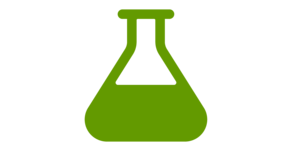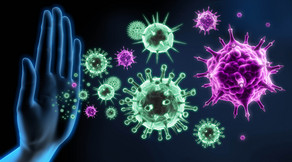Thermodynamics and the Shoulders of Einstein and others
"A theory is the more impressive the greater the simplicity of its premises, the more different kinds of things it relates, and the more extended its area of applicability. Therefore the deep impression that classical thermodynamics made upon me. It is the only physical theory of universal content concerning which I am convinced that, within the framework of applicability of its basic concepts, it will never be overthrown (for the special attention of those who are sceptics on principle).”
- Albert Einstein, 1946 (Autobiographical Notes), English translation by Paul Arthur Schilpp
Research and Motivation
Can physical laws explain living systems?
Molecular biology may provide a material basis (the building blocks) of life (causa materialis and provide excellent structural resolution of the same (causa formalis). But physics has to explain why things happen (causa efficiens). Our dream is to understand biological function based on physical principles or - in other words - to derive biological function from physics.
One key idea is to start from the 2nd law of thermodynamics in Einstein's formulation, as suggested by Konrad Kaufmann, and apply it to hydrated interfaces. In this way different biological functions are derived from looking at the 2nd law for different thermodynamic states.
Further, we study the role of momentum conservation in biology and how it leads to the propagation of nonlinear pulses, which in turn are perfectly suited for cell-cell communication as they are capable of integrating physics and biochemistry.
Putting all together we hope to be able to understand the integration of many cells to a super cell (organ) and lay out a new foundation of how to think about What is Health?

![[Translate to English:] [Translate to English:]](/storages/zentraler_bilderpool/_processed_/0/1/csm_home_14df2d7195.png)
![[Translate to English:] [Translate to English:]](/storages/zentraler_bilderpool/_processed_/0/2/csm_Icon_Gruppe_gruen_caf6e2a93c.png)

![[Translate to English:] [Translate to English:]](/storages/zentraler_bilderpool/_processed_/d/d/csm_Audimax_Vorlesung-1_07d9a1afb8.jpg)

